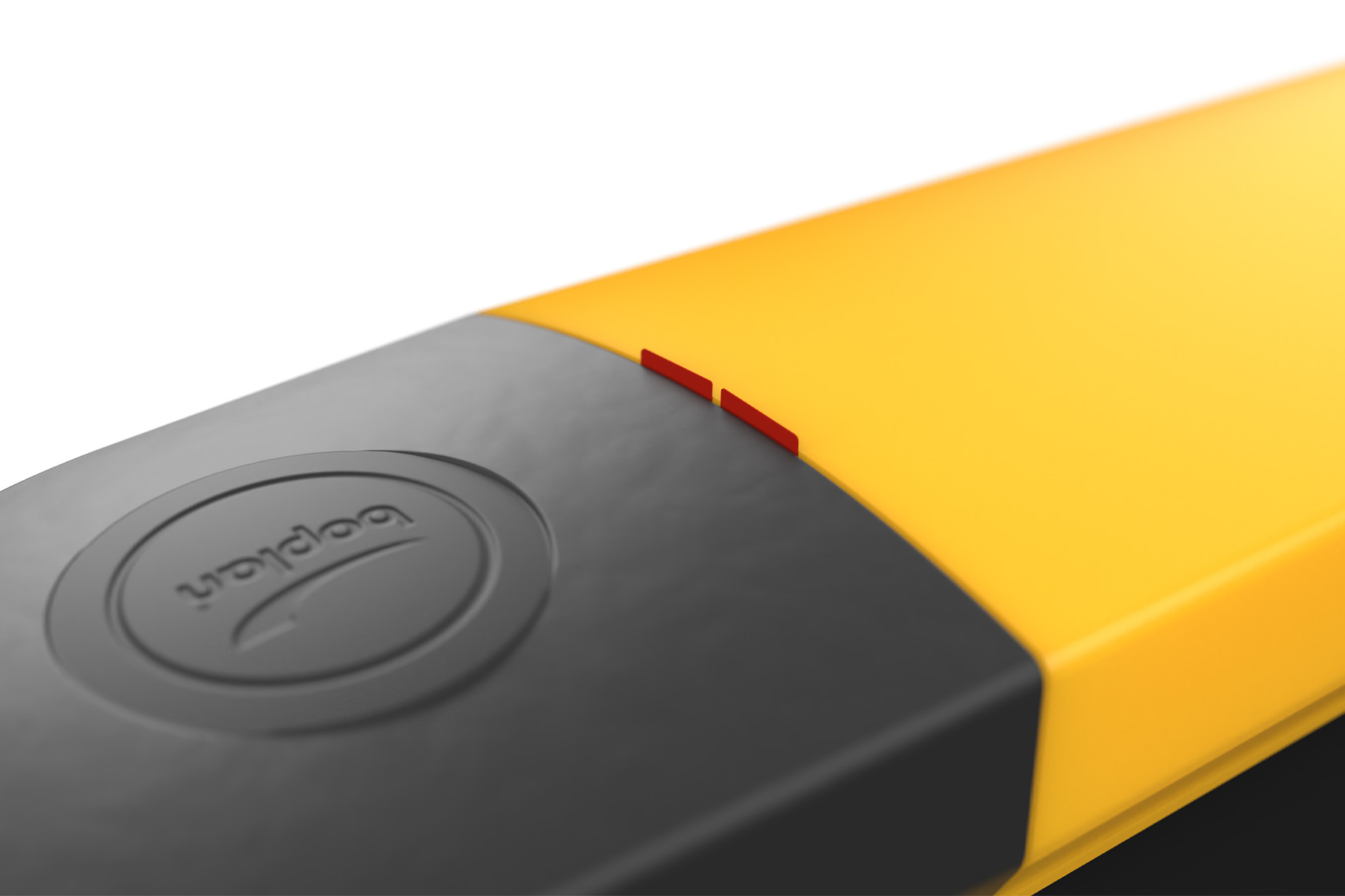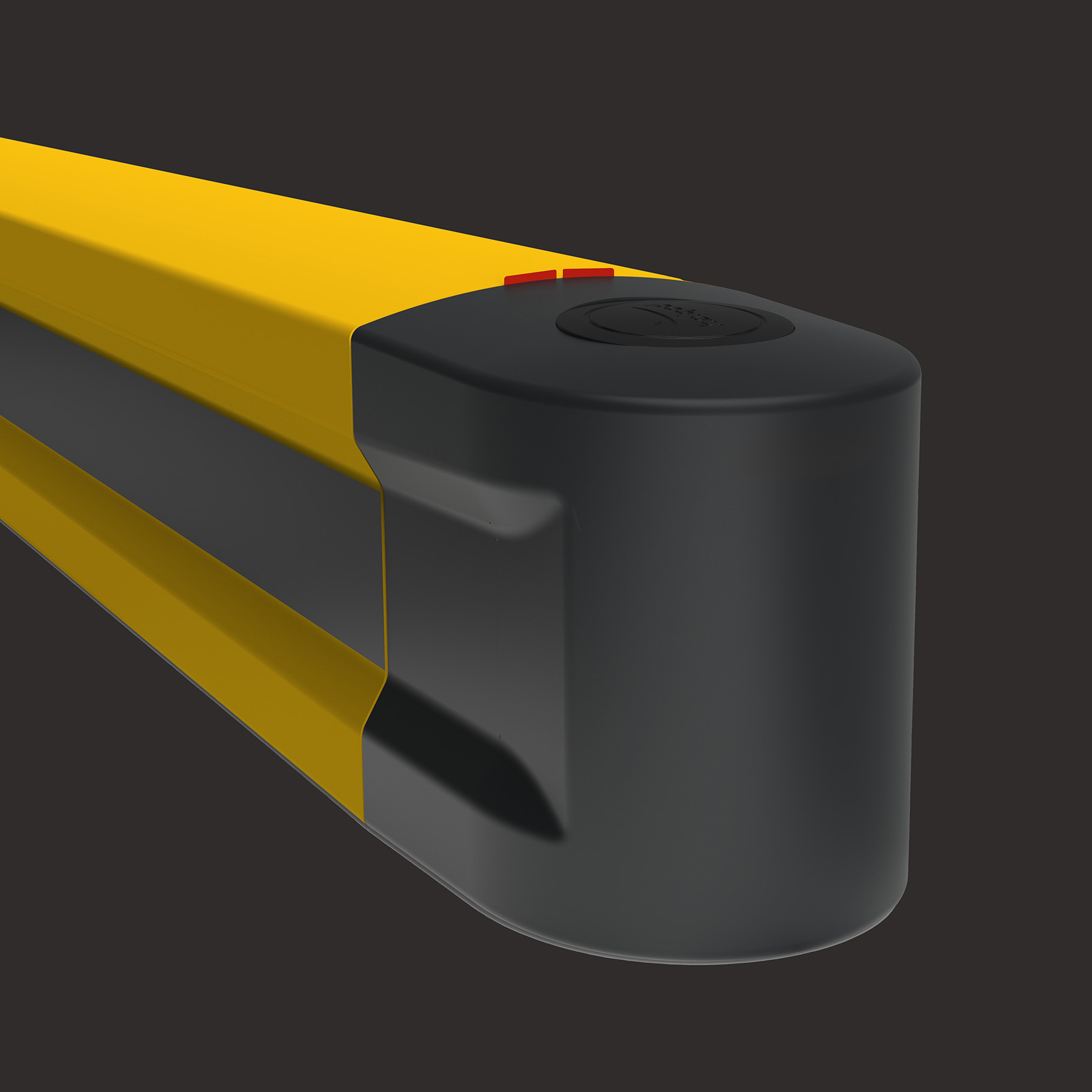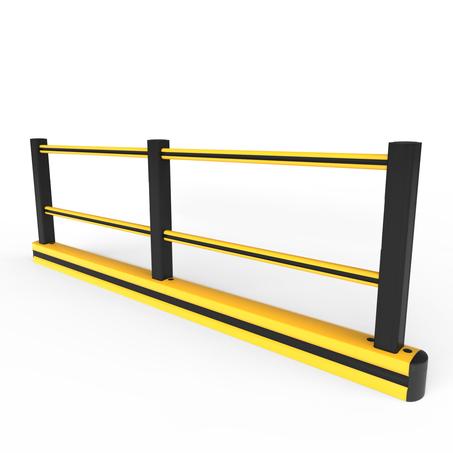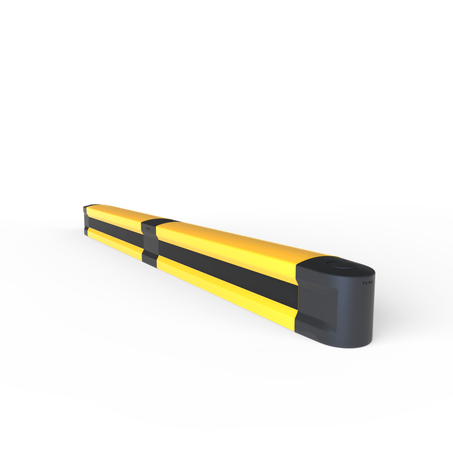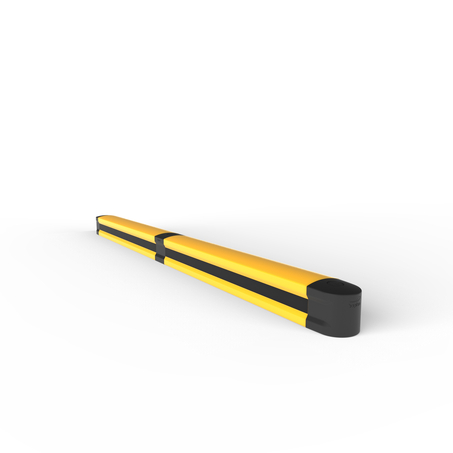CID® - CRITICAL IMPACT DETECTOR
The Boplan CID® or Critical Impact Detector clearly indicates where a heavy collision has occurred and when a technical inspection of your kick rails is necessary.
Operation
How CID® works
Our Critical Impact Detector or CID® system detects critical impacts with Boplan kick rails. The CID®'s features are based on the use of red polymer impact indicator tabs.
The impact indicators are fitted to a stainless steel spring base that is firmly attached to the kick rail. Under normal circumstances, the indicators stay hidden. However, when a critical impact happens, the force of the impact causes the red tabs to appear.
The red tabs give an instant visual warning that a critical impact has occurred. They are a clear indication to the observer that the safety equipment may be damaged and needs attention. This visual warning allows you to instantly identify any areas where safety may be compromised so that you can take appropriate action.
IDENTIFY HIDDEN DAMAGE
The CID® is useful in situations where the safety system experienced a critical impact but appears undamaged on the outer surface. In such cases, the CID® is a valuable tool that detects any hidden damage that is compromising the safety system's functional integrity . For example, if a forklift or any other heavy equipment collides with a kick rail, the CID® will instantly show a small red tab as a visual warning. This makes high-risk areas where safety is compromised stand out, so you can assess and repair any damage immediately.
Identification of areas at risk
Optimizing safety in the workplace
You can also use the CID® to identify any high-impact areas in the workplace. By monitoring and analyzing the instances in which the CID® is activated, you gain valuable insights for further proactive safety measures. This optimization process includes several actions, such as re-evaluating the traffic plan, adjusting the layout of the work area, adding signs and communication, raising the awareness and responsibility level of forklift drivers, and installing more robust safety solutions.
Use the information from the CID® to proactively address potential safety issues and take preventive steps to minimize the risk of accidents or damage.

